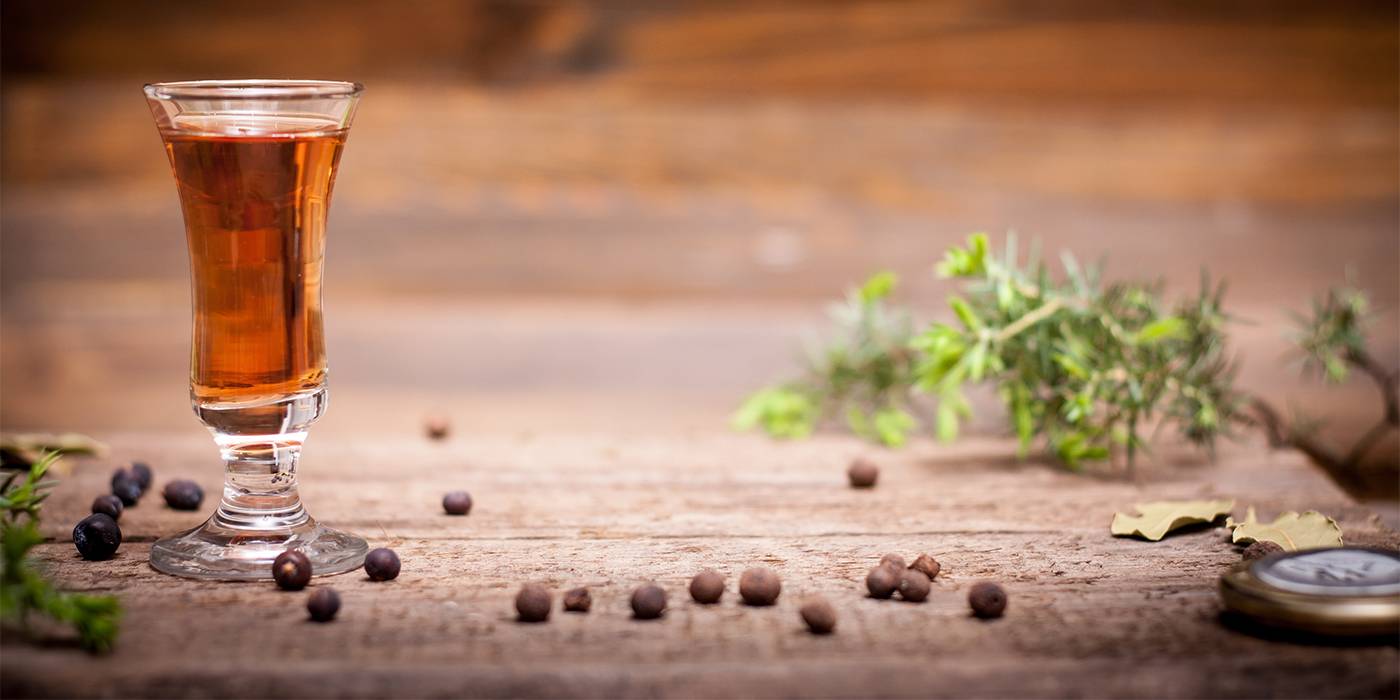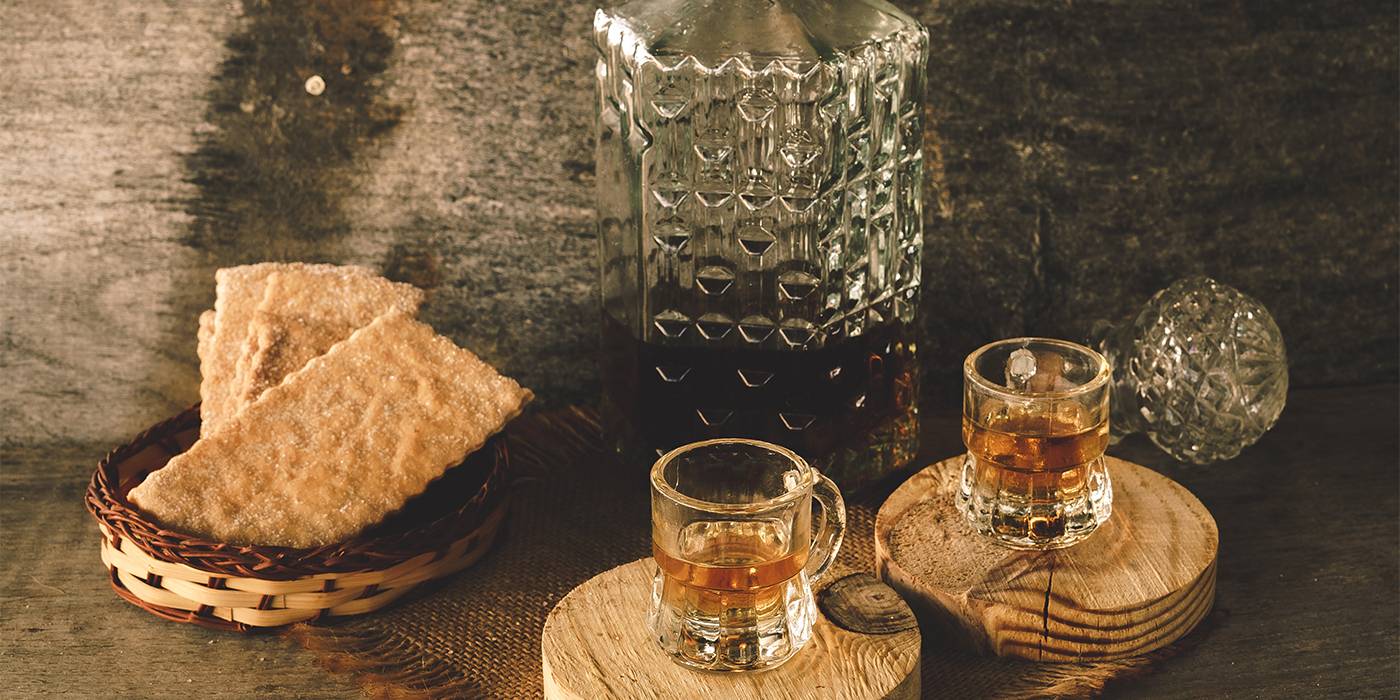What is Mistela?
Do you know what mistela is? Although it may look like it, this alcoholic beverage is not a wine. Discover how it’s made, its origin, pairing and more.

Eva Pizarro
Sommelier at Fierro restaurant and trainer at Tandem Gastronómico.
After the meal, the waiter comes over with the bill and asks: would you like a mistela?
He returns to the table with a saucer, a small bottle of dark liquid and some shot glasses.
Where does this tradition come from and what are you being offered?
Mistela is often confused with a type of wine, usually a sweet or liqueur wine, but mistela is not really a wine.
We covered this in previous articles and know that to produce wine, fermentation is required. In the case of wine, this means the fermentation of grape juice or must.
In mistella, fermentation does not occur. Mistella is made by adding wine alcohol — alcohol obtained solely from the distillation of grapes — to grape juice (also known as must). The addition of alcohol prevents the yeasts responsible for fermentation from surviving, thus stopping the process from starting. This method helps to preserve the grape juice for a long time, as alcohol is an excellent preservative.

The history of mistella is very ancient, and its purpose of preserving grape juice is likely the origin of this beverage.
Mistelas are very common throughout the Mediterranean, Valencia, Catalonia, but also La Mancha. They are typically made with grapes native to these regions, such as Muscat, a highly aromatic white grape that is one of the most easily identified in a blind tasting. Its aromas of lychee, musk, orange blossom and jasmine make it unmistakable. Garnacha is also a main ingredient in mistella.
As fermentation does not take place, the aromas remain at their fullest intensity, complemented by the alcohol, which tends to be more noticeable than in standard wines. Mistellas are typically sweet, as they come from grape juice where the sugar has not been transformed.
Mistella can be aged in barrels for as long as the producer deems appropriate, resulting in a wide range of options for enjoyment.
That’s why I believe they should have a more prominent place on restaurant menus, with their own section that highlights their origins, production methods and characteristics.

As we mentioned at the beginning of this article, it is commonly enjoyed and often served at the end of meals, very cold and in a shot glass. When a drink is of high quality, it doesn't need to be excessively cold, as that could dilute its aromas. So, why not enjoy it in a wine glass? This way, we can appreciate all its qualities better and enjoy it much more.
Tip: Try it as an aperitif with a few ice cubes and a slice of orange, and you're all set!
What do you think about?
Share comments, opinions and tricks with the Community







